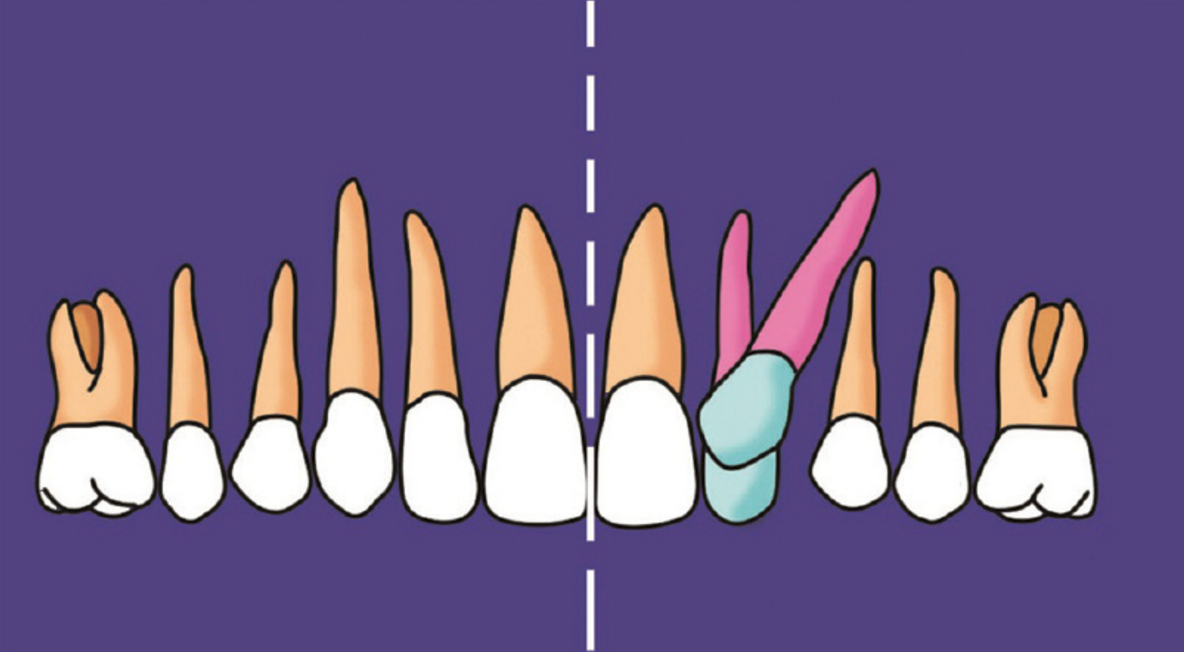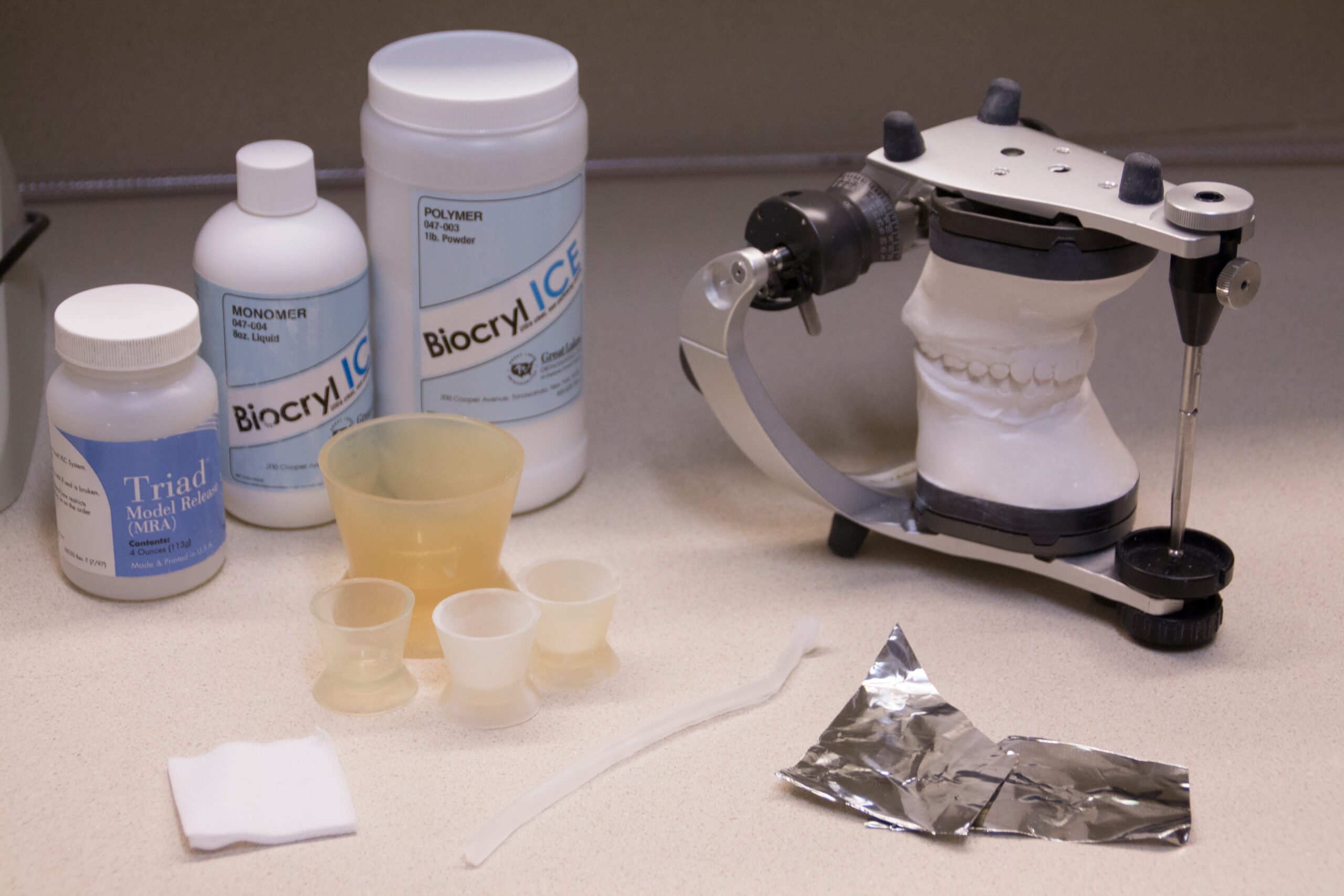Canine transposition means the canines are in the position of missing lateral incisors — or in the switched position of upper premolars. This rare but non pathologic variation of tooth position can be challenging to determine how the biting forces should be spread across the teeth. In general, a splint for canine transposition can be managed…
Read MorePatients managing an airway problem with night-time use of a mandibular advancement device may develop a posterior open bite. Attempting to reapproximate the posterior teeth in this occlusal distortion involves mandible retrusion and OA flexion, thus reversing the natural lordosis of the neck. Accurately mounted study models taken after the cervical curvature has been supported…
Read MoreSphenoid position is a prominent feature of a R TMCC positional pattern. In that position, the greater wing of the sphenoid is more superior on the Right side, than on the Left. Without regard for the position a patient is in (R TMCC versus neutrality), even the most conscientious dentist will adjust a bite splint…
Read MorePatients with bilateral posterior crossbites tend to have deep palates and bilaterally extended cervical chains. Depending on the degree of interdigitation of the teeth, the balancing interferences of the lingual cusps of the lower molars against the buccal cusps of the upper molars can make the canines out of position from a functional standpoint. …
Read MoreLordosis of the neck is the normal curvature needed for a person to have a full range of motion in rotation, flexion, and extension. Patients with a loss of that cervical l0rdosis can mask the degree of bite distortion present. Patients with bilaterally displaced TMJ disks will frequently have masked the severity of the anterior open bite distortion…
Read MoreThis anterior bite distortion shows an uneven amount of anterior open bite. The upper right canine looks as if it never touches the tooth below, and is called a non-functional tooth. However, even a canine out of position can receive sensory input from a food bolus. Designing a splint to engage this tooth with “kissing”…
Read MoreUnilateral cross-bite in the anterior segment frequently represents an exaggerated midline shift. Using a bite splint deprograms the engrams that posture the jaw. In addition to revealing a less distorted midline, splint therapy commonly results in a more cusp-to-cusp tip orientation at the canine.
Read MoreWhen a patient has an active R TMCC pattern that needs occlusal management, a lower MOOO style bite splint is my go-to intervention. But not all malocclusions are created equal, and the question comes up frequently on how to manage a bite with various degrees of malposition and alternate occlusal schemes. I have attached a…
Read MoreHow we handle dental bite splint acrylic can literally make – or break – the final product. A lab processed acrylic is made strongest in a pressure pot using heat and pressure. That said, even with the strongest materials available, incorrect handling of the acrylic while it is in the wet phase can incorporated unwanted…
Read MoreSplint Communication From Physical Therapist to Dentist As a dentist who learned to modify splints from my physical therapist colleague, I hope these suggestions will pave the way to a smooth working relationship. 1. Lead with what you need. Once you have diagnosed your patient to need an oral appliance to control her body, be direct and make that…
Read More


